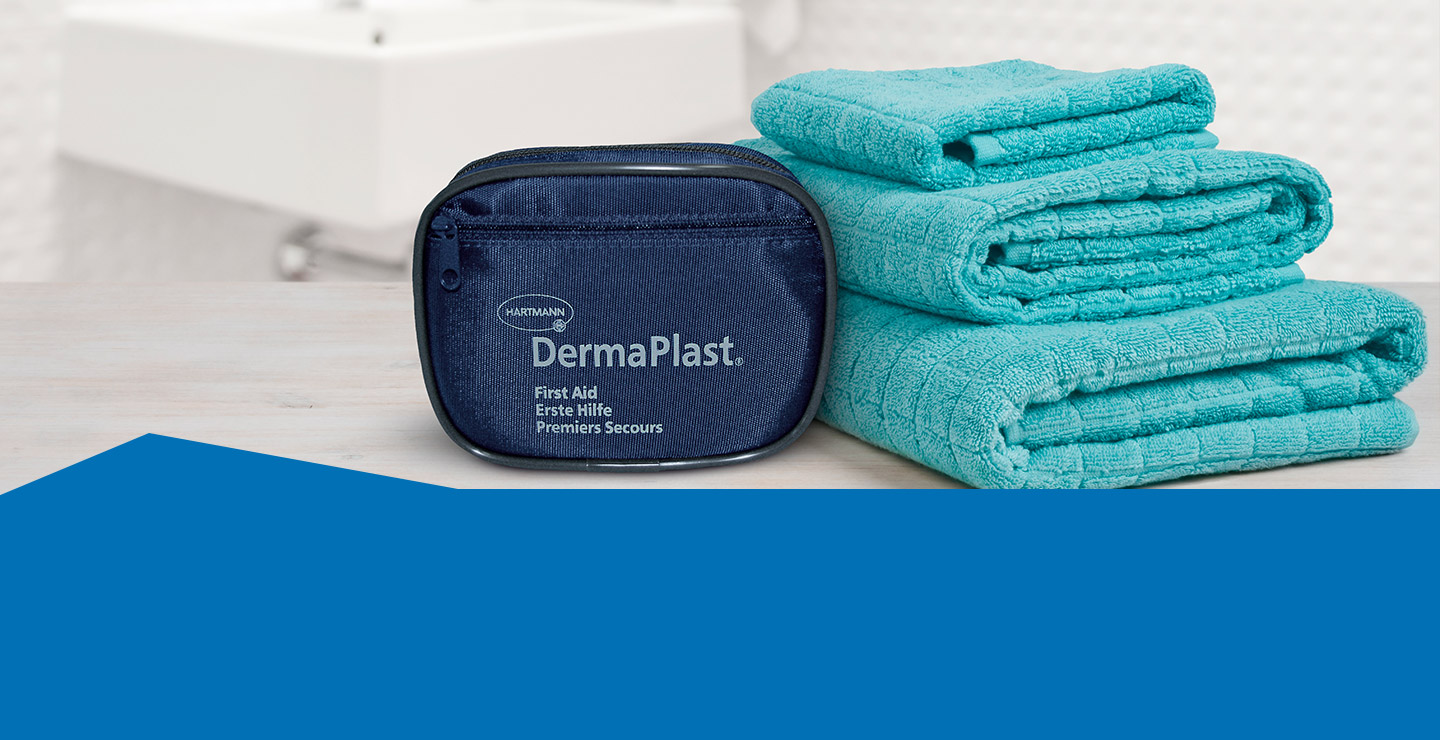Whether it's the well-stocked first aid kit at home or the more minimal one for when you’re on the go: it's important that both are up-to-date and that all the necessary medicines and materials are included.
Where is the first aid kit?
An easily accessible location which is good to reach for adults and teenage children, but inaccessible to young children. Keeping things in order in the closet is crucial, so you do not have to waste time searching in case of an emergency.
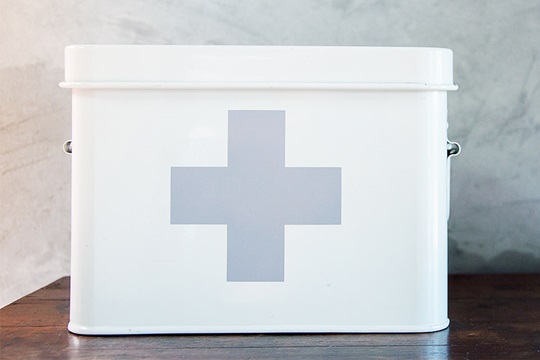
Is the equipment still up to date?
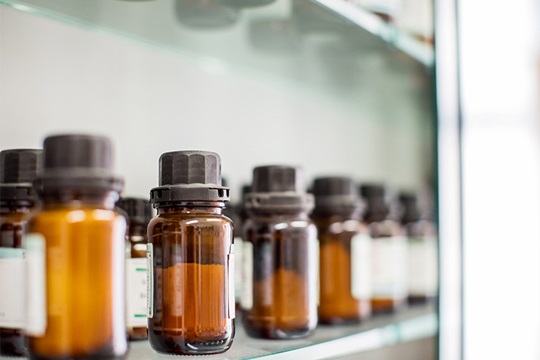
What do you need on the go?
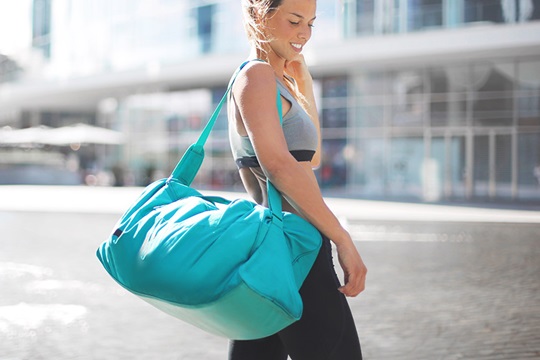
Which telephone numbers are important?
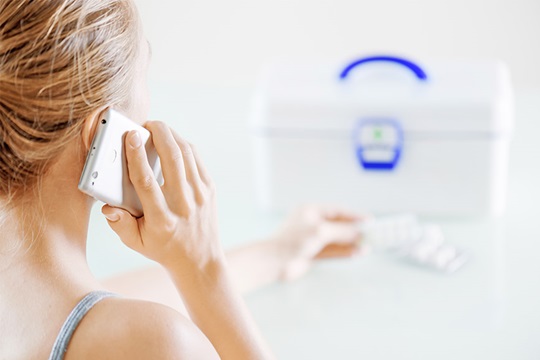
Important emergency telephone numbers should be clearly visible in the first aid kit. These include, for example, the numbers of the family doctor, ambulance or pharmacy emergency service. It also makes sense to carry these numbers with you in your wallet or to store them on your mobile phone.
The recommended accessories in the first aid kit
- Sterile disposable gloves
- Medicines that have been prescribed by the doctor
- Pain and fever reducing agents
- Thermometer
- Symptom-relieving cold remedies
- Diarrhoea medication
- Plasters in different sizes, for example dirt-repellent DermaPlast® WATER-RESISTANT plasters
- Compresses and bandages
- Scissors
- Tweezers
- Disinfectants
When traveling – especially in hotter areas:
- Insect repellent
- Anti-itching gel against insect bites
- Sunscreen with high SPF
- Pain and diarrhoea medication
- Waterproof plasters such as DermaPlast® AQUA
- Elastic, water-repellent plasters such as DermaPlast® COMFORT
- Small scissors (not in hand luggage!)
Although we have created all our texts with the utmost care, these are no substitute for medical treatment and advice. These pages are not intended as a guide to self-medication and treatment. For questions about wound treatment, please always contact a healthcare professional.
